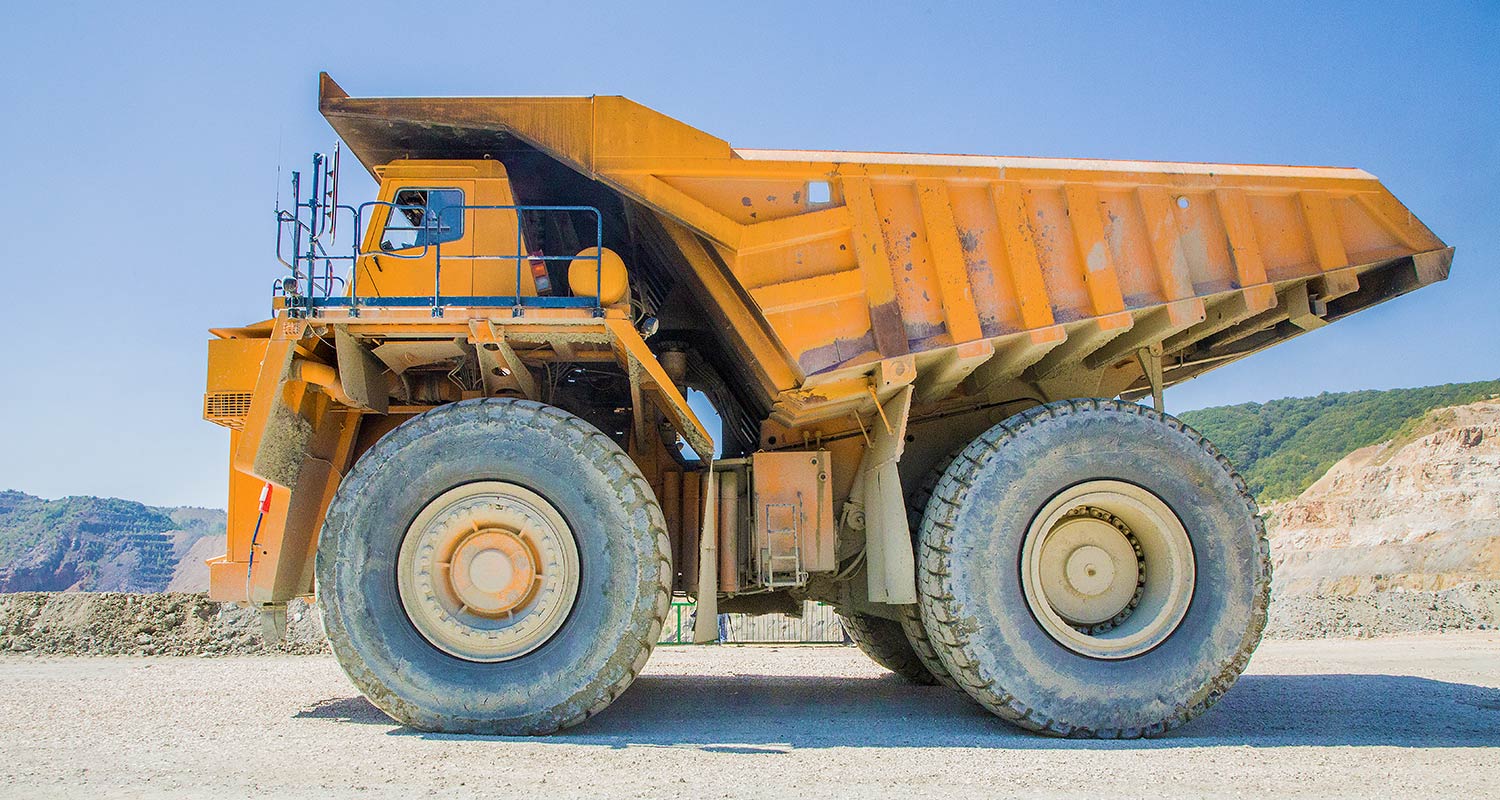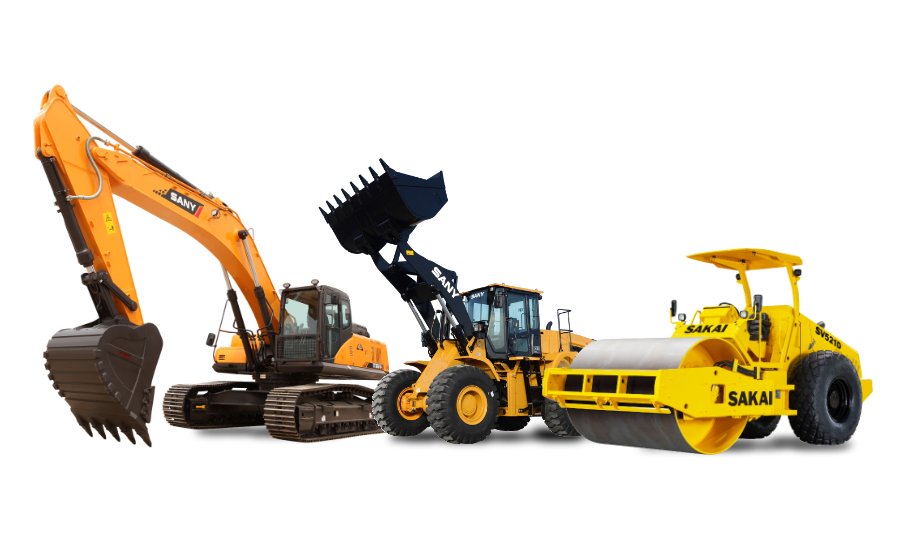Renting Vs. Acquiring Construction Equipment: Making the Right Selection for Your Project
When embarking on a building and construction task, one of the essential decisions that forecast managers and stakeholders deal with is whether to purchase or lease construction tools. The choice pivots on numerous elements such as price considerations, task period, tools upkeep, danger, versatility, and scalability monitoring.
Expense Considerations
Renting equipment usually requires reduced first settlements contrasted to acquiring, making it an appealing choice for temporary tasks or specialists with budget restrictions. In the lengthy run, consistently renting out devices can build up higher costs than purchasing, especially for prolonged projects.
On the various other hand, acquiring building and construction tools includes greater in advance prices yet can result in lasting cost savings, especially for long-term projects or constant users. Eventually, the decision in between leasing and acquiring construction devices hinges on the task's duration, frequency of use, budget plan considerations, and lasting monetary objectives.
Job Duration

Alternatively, for long-term jobs or recurring building and construction work, buying devices could be the a lot more economical option. Acquiring devices can result in set you back financial savings over time, especially if the devices will be often used. Furthermore, owning tools gives a sense of control over its schedule and permits for customization to fit specific project needs.

Tools Maintenance
Offered the crucial duty project duration plays in identifying the most economical approach in between leasing and purchasing building devices, the focus currently moves in the direction of checking out the vital aspect of tools maintenance. On the various other hand, possessing equipment needs a positive strategy to maintenance to avoid malfunctions, make certain security, and extend the equipment's lifespan. Ultimately, a well-kept building equipment fleet, whether leased or possessed, is essential for the efficient and effective completion of building and construction tasks.
Adaptability and Scalability
In the world of construction devices monitoring, the element of flexibility and scalability holds considerable importance for task efficiency and resource usage. Choosing to rent building and construction devices offers a high degree of flexibility as it allows for the fast adjustment of tools kinds and quantities based on the progressing requirements of a job.
In addition, scalability, another crucial websites element, is inherently connected to flexibility. Renting building and construction devices offers the advantage of easily scaling operations up or down as job demands fluctuate. Service providers can swiftly add or trade devices to match the project's changing demands without the restrictions of possessing possessions that might end up being underutilized or outdated. This capacity to scale sources successfully can result in price savings and improved job timelines, making renting out a beneficial alternative for tasks requiring flexibility and receptive resource appropriation.
Risk Administration
Reliable risk administration in construction equipment procedures is extremely important to guaranteeing project success and mitigating possible financial losses. Construction tasks inherently involve numerous risks, such as tools failures, crashes, and project delays, which can dramatically influence the job timeline and spending plan. By Get the facts very carefully considering the dangers associated with owning or leasing building devices, task supervisors can make informed choices to lessen these possible risks.
Leasing building equipment can offer a degree of danger mitigation by transferring the responsibility of repair and maintenance to the rental firm. This can lower the monetary concern on the project owner in case of unanticipated devices failings (equipment rental company). In addition, renting supplies the flexibility to gain access to specialized devices for particular job stages, minimizing the danger of possessing underutilized machinery
On the various other hand, having construction tools offers a sense of control over its use and upkeep. Nonetheless, this likewise means birthing the complete duty for repairs, upkeep costs, and depreciation, enhancing the financial threats associated with equipment ownership. Cautious danger analysis and factor to consider of aspects such as project duration, equipment use, and upkeep requirements are essential in establishing the most ideal alternative for effective risk management in building tasks.
Conclusion
To conclude, when deciding between acquiring and renting building and construction equipment, it is essential to consider expense, task period, devices upkeep, scalability, versatility, and risk management. Each aspect plays a vital duty in figuring out one of the most appropriate alternative for the project at hand. By meticulously evaluating these facets, task managers can make an enlightened choice that straightens with their budget plan, timeline, and total job objectives.

Comments on “Aerial Lift Rental for Construction and Maintenance Projects”